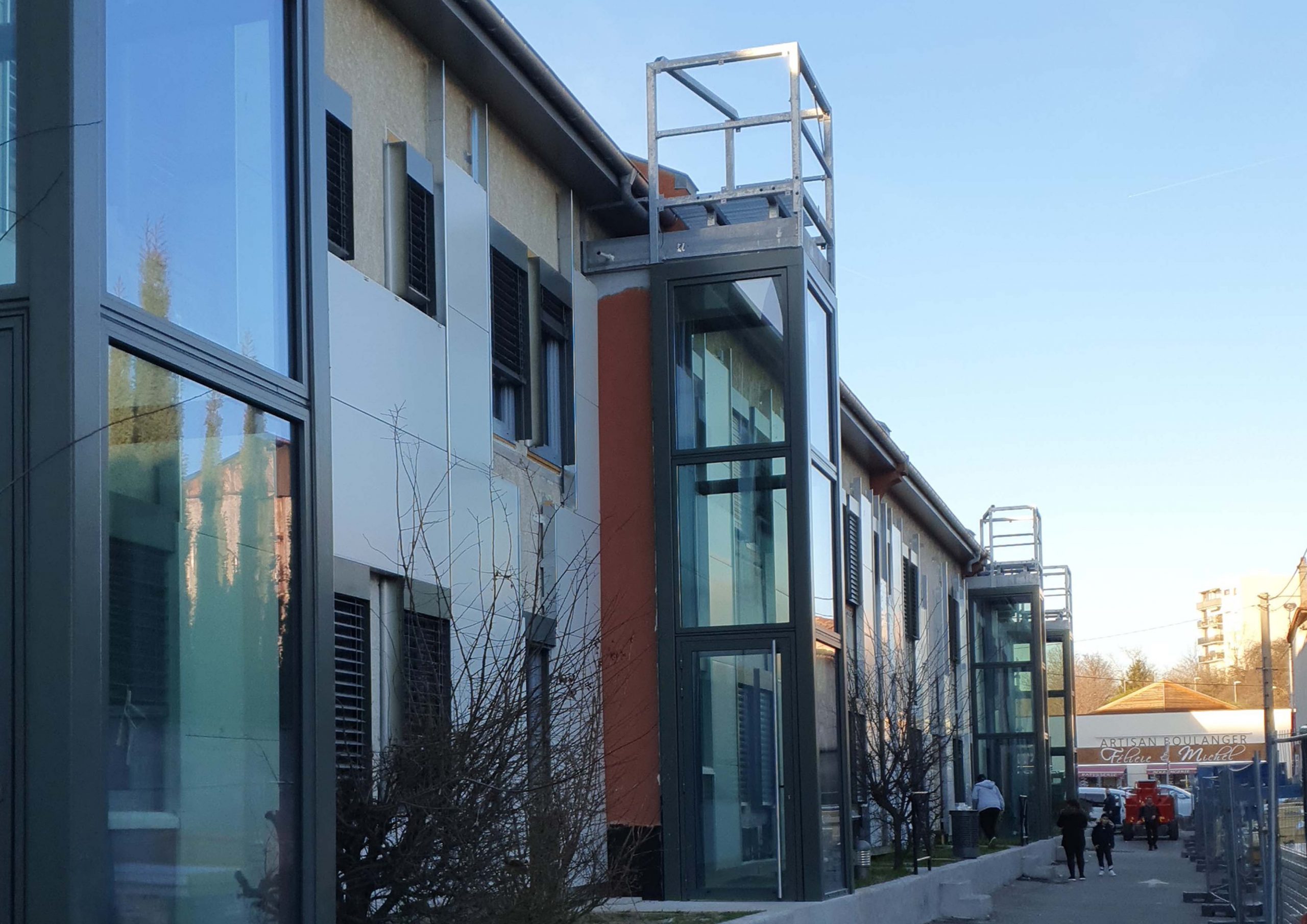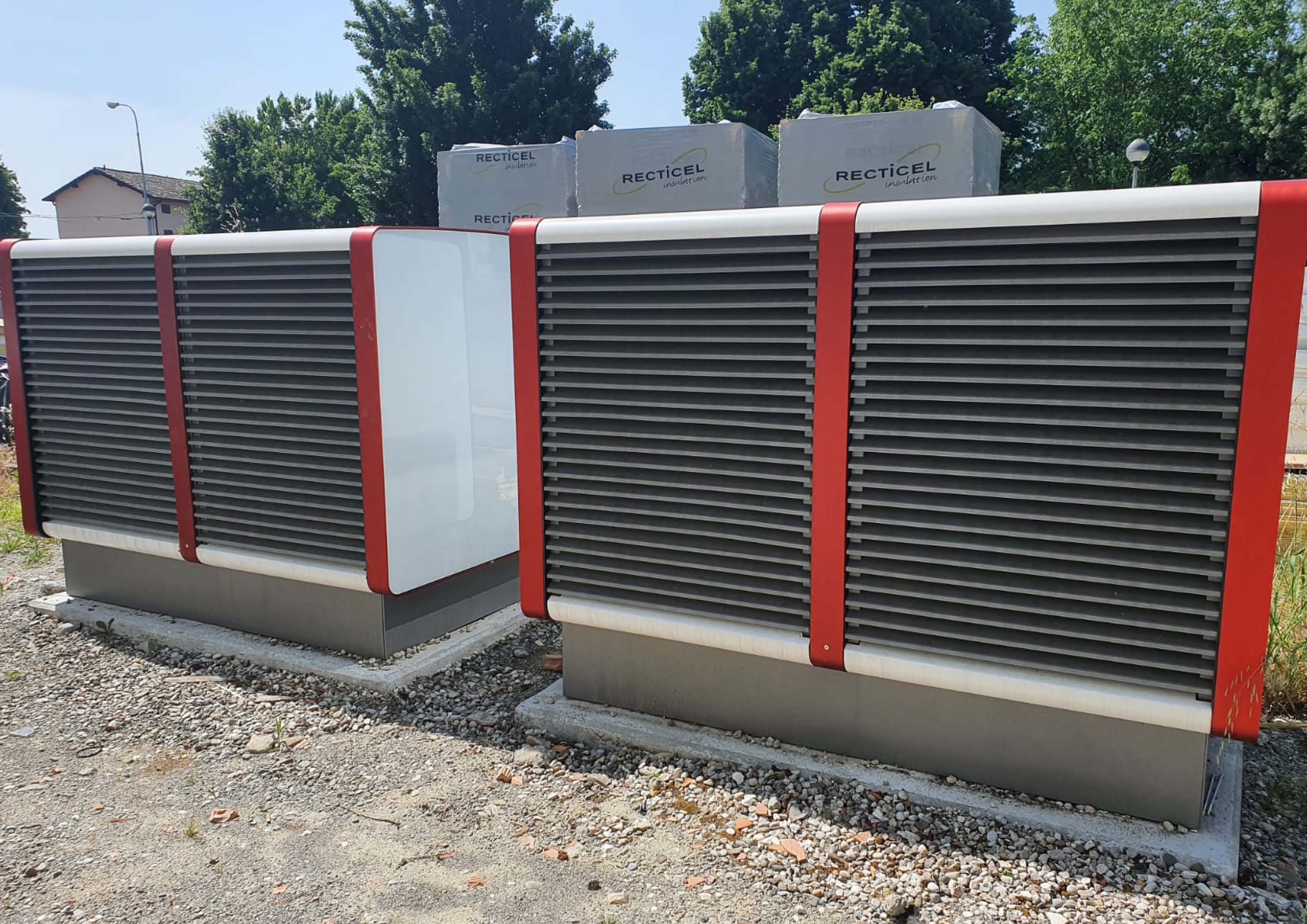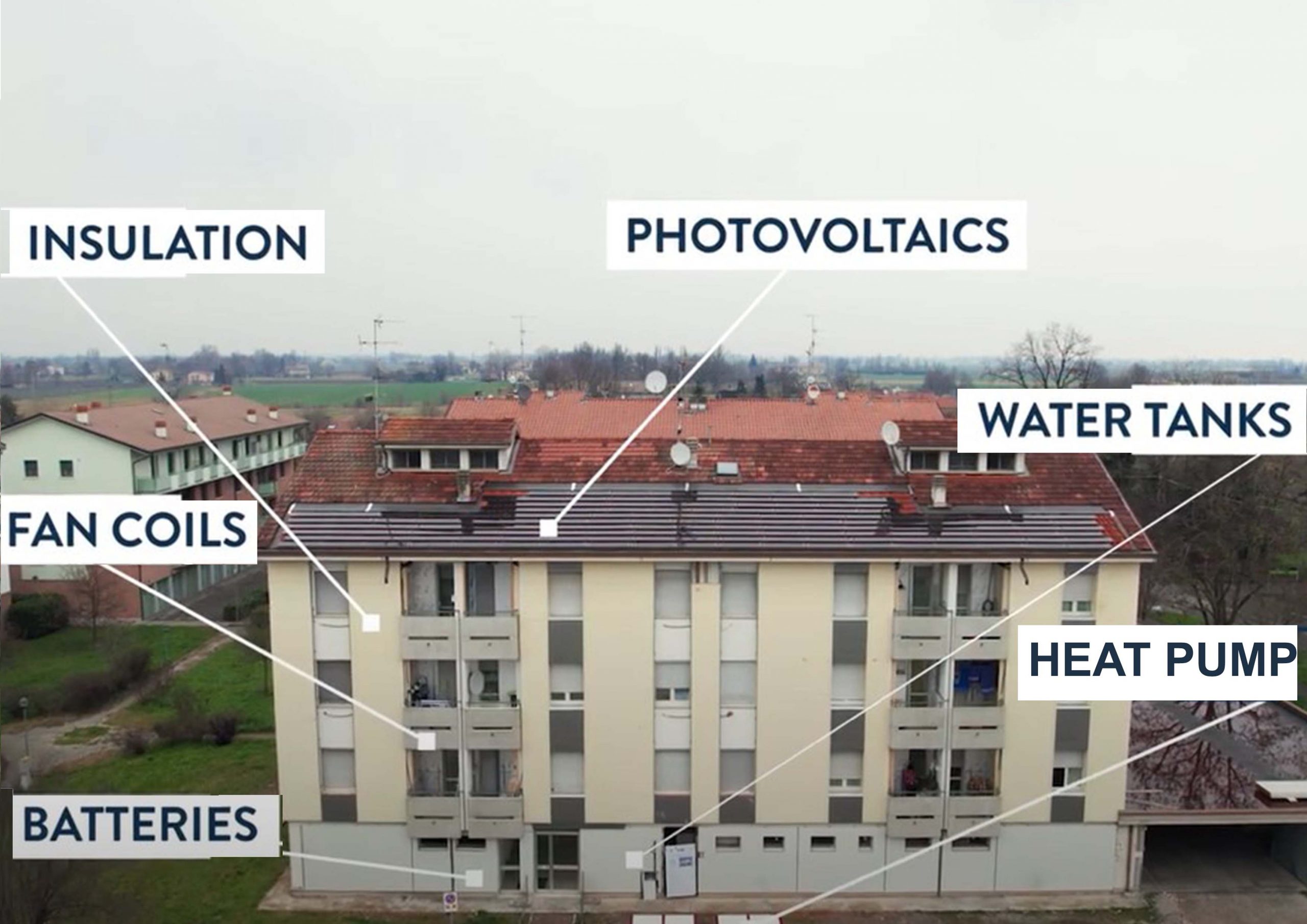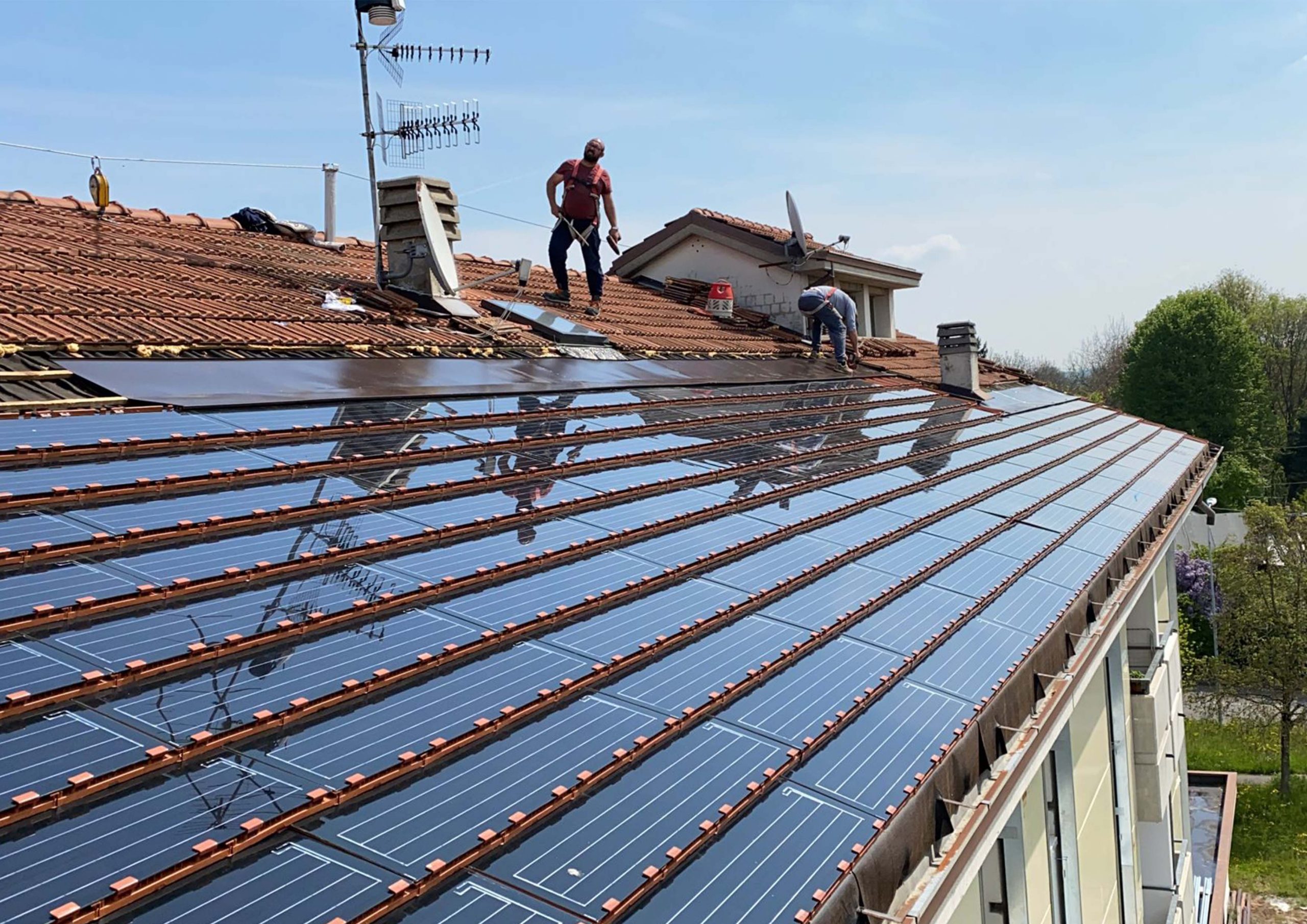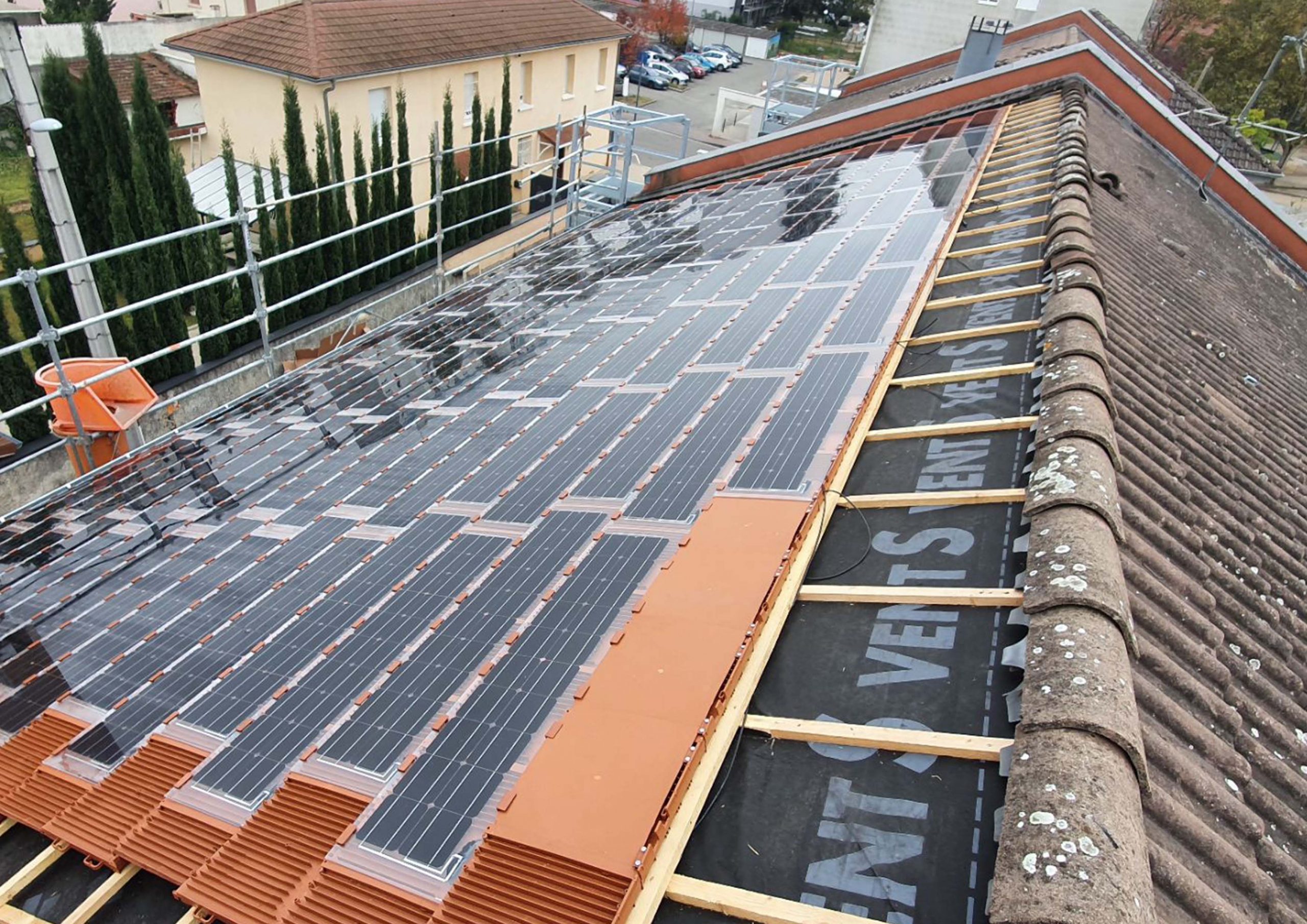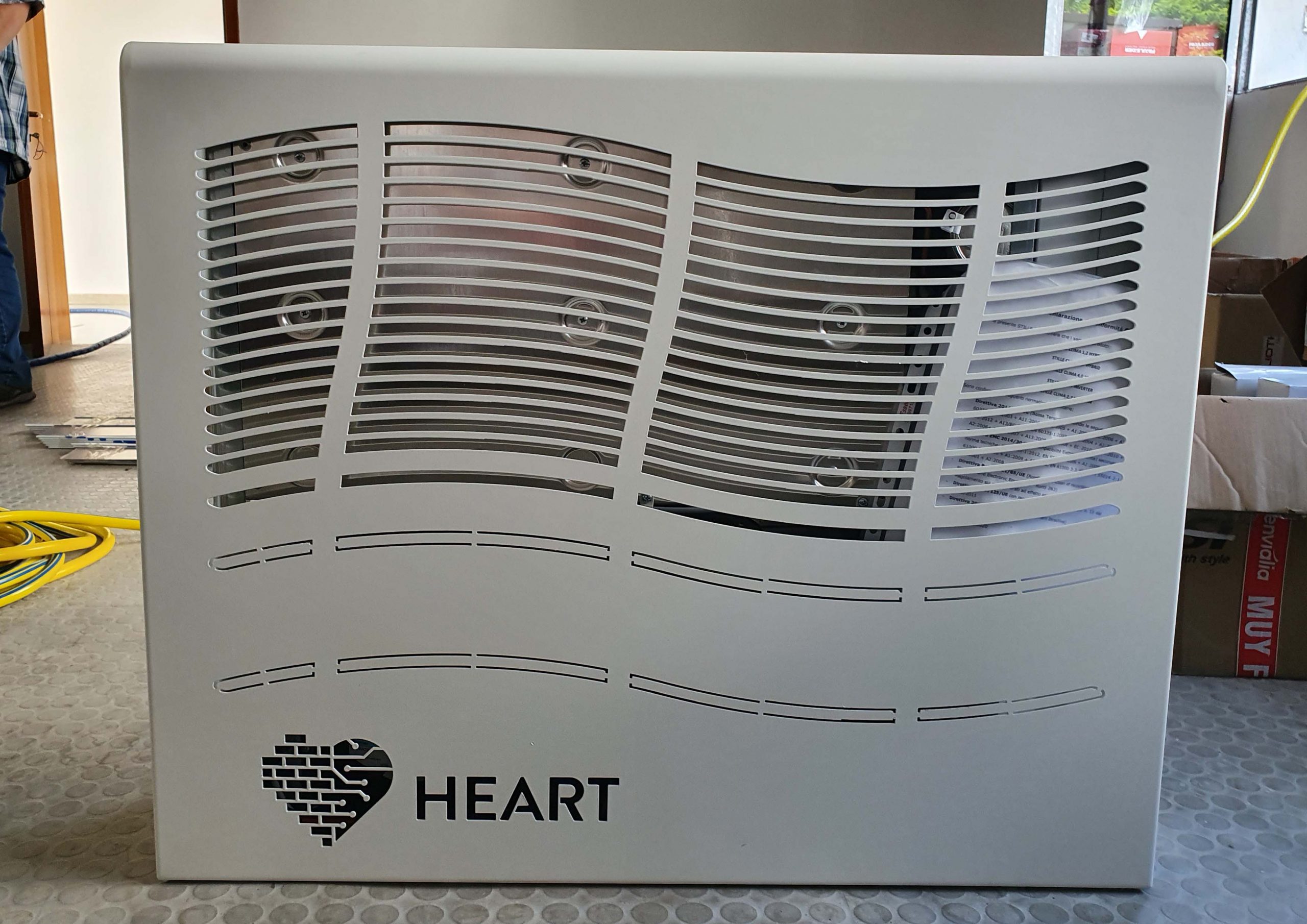HEART. Holistic Energy and Architectural Retrofit Toolkit
Keywords: Energy retrofit, Architectural retrofit, NZEB
Research unit: Niccolò Aste, Claudio Del Pero, Fabrizio Leonforte
Politecnico di Milano, Department of Architecture, Built Environment and Construction Engineering (DABC)
E-mail (referent): niccolo.aste@polimi.it
HEART brings together different components and technologies that can transform existing buildings into smart buildings, thus contributing to the Renovation Wave in order to decarbonise Europe’s building stock. Such a toolkit also allows to transform existing buildings into smart and NZEB buildings, maximizing the use of renewable energies, integrating energy efficient technologies and IoT features. HEART is a multifunctional retrofit toolkit within which different subcomponents – ICT, BEMS, HVAC, BIPV and Envelope Technologies – cooperate synergistically to transform an existing building into a Smart Building. Based on a whole-building performance approach, the toolkit is conceived to achieve extremely high levels of energy efficiency in the existing residential building stock. In addition, HEART’s contribution to the improvement of the building renovation process also aims to minimize the alteration of the architectural identity due to the application of new technologies and materials, which may be considered unacceptable. Generally, the most critical issues arise in relation to colours and textures of the envelope surfaces. In this sense, the most distinctive architectural features of the HEART toolkit are:
- Integrated PV tiles to harmonise them with local traditions and requirements;
- wide choice of finish and colouring of façade panels;
- maintenance or faithful reconstruction of existing windows.
Architectural quality should not only be linked to aesthetic and cultural aspects, but also to the user comfort and satisfaction and accessibility of buildings. In this respect, the system allows:
- marked improvement of the indoor microclimate, with possibility of adjustment and control logic to meet specific needs (e.g. elderly or disabled);
- intuitive, simplified or facilitated control interfaces (e.g. voice commands);
- active involvement of stakeholders.
| Funding: EU Research and Innovation programme Horizon 2020 through number 768921 |
| Implementation: Year: 2017 Month: October |
